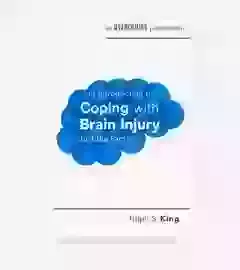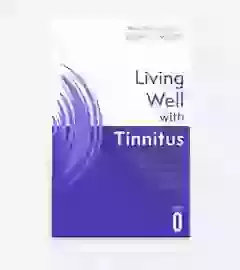What do we mean by Chronic Pain?
Before we set out to treat our chronic pain, first we need to distinguish it from acute pain; and then we need to understand how pain works.
- Acute pain is the pain we feel when we damage part of our body, say by twisting an ankle, tearing a muscle or breaking a bone. Acute pain is relatively short-lived – most symptoms are reduced after six weeks, and nearly all injured tissues are fully healed after six months
- Chronic pain, on the other hand, usually persists longer than three months or so, and is rarely due to damaged tissue. Research leads us to believe that chronic pain is the result of nerves sending false information to the brain as they "remember" pain messages they have carried in the past
Both types of pain are the result of nerve messages to the brain, warning of injury. However, while the nerves that carry acute pain messages are very fast in action in a way that is meant to protect us from doing further harm to ourselves, chronic pain messages travel more slowly and can develop a "memory". This means that, even after an injury has healed, the nerves may still continue to send pain messages to the brain.
These pain messages can be suppressed by the body so that the pain is reduced or even stopped. For example, athletes quite often don't feel the pain of muscles stretched to the limit. Similarly, soldiers on the battlefield often report that they were unaware of wounds until they've been withdrawn from the front line. This is because physical exertion and stress can lead the body to produce pain-killing chemicals. However, the pain is not cured, merely relieved and masked.
















